Crooked Knife
32 Cal
What would be the most correct lock produced now for a JJ Henry rifle build?


What would be the most correct lock produced now for a JJ Henry rifle build?
Henry made a variety of rifles for the western trade as well as other guns. It’s helpful to consider that almost all were converted to percussion during their working life and what we are seeing now on most originals is somebody’s reconversion to flint.
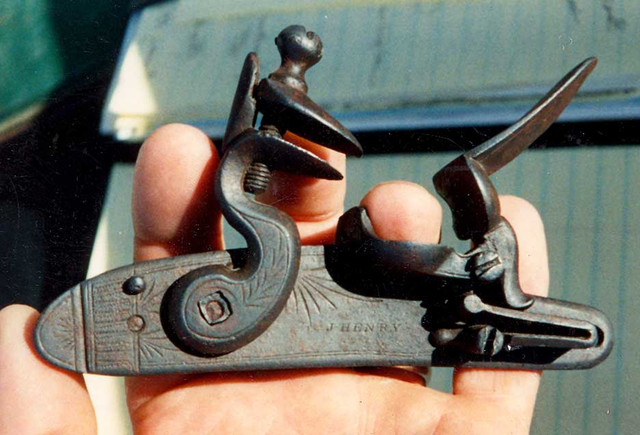
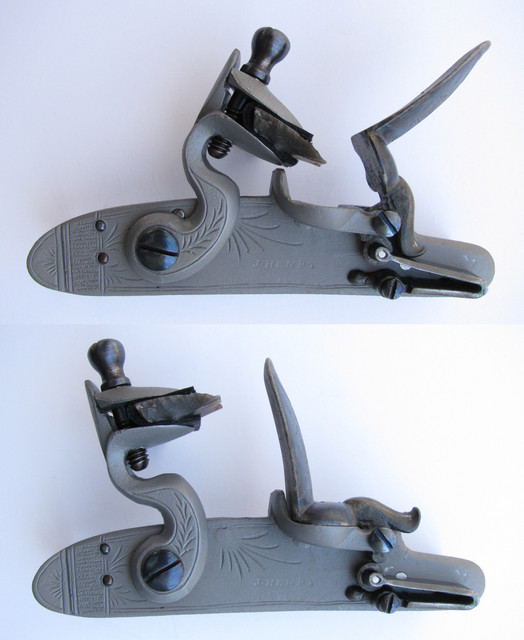
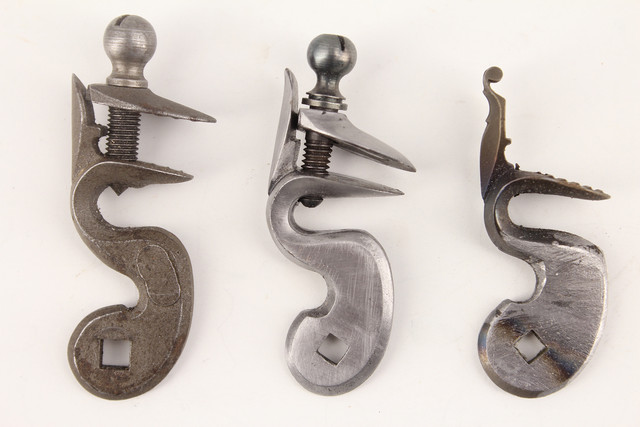
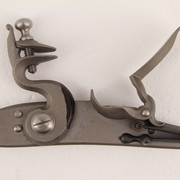
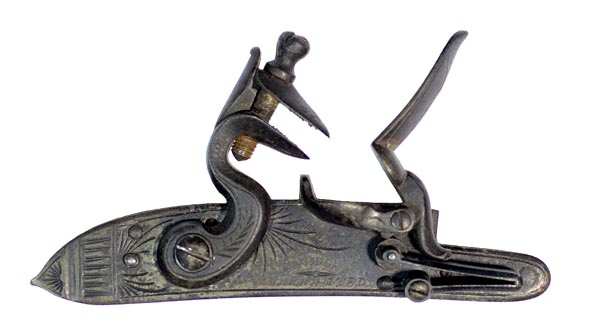
Crooked Knife - it wasn't mentioned but the J Henry lock from The Rifle Shoppe is available as parts castings only. They used to offer assembled locks but no more to my understanding. I made an 1817 Common Rifle years ago from the Rifle Shoppe & if I hadn't been taking a machinist course at the local junior college I probably wouldn't have finished making it. (I machined a new tumbler also.)
Mike
Here's a couple of photos of the 1817 lock I wrote about. The parts a received in an "as cast" condition and you have to trim off the casting gates and file the inside of the lock plate flat and drill all the holes, and tap some for screws & the tumbler hole is drilled undersized & reamed to size. It is not a project for a beginner unless they have experience in metal working.I have never put a lock together before. What makes it difficult to assemble?






How close to correct do you want it to be?
If you want hand grenade accuracy, any English style lock will work.
If you want horseshoe accuracy, the Chambers Late Ketland or the Davis "Contract Rifle"/trade gun lock as mentioned above will work.
If you want sniper rifle accuracy, you need to get a J Henry lock from The Rifle Shoppe.
Rich makes some good points. You didn't say what style of JJ Henry rifle you're looking to build. His top of the line rifles used much better locks and of different designs than his trade rifles. The re-conversion issue is something to consider when you are looking looking at antique rifles.
J. Joseph Henry had workers that made locks in house, but he also bought imported English locks. In the period he operated, the English "Warranted" style lock was the most common. The cocks in this period were often "pigeon breasted" cocks rather than the graceful goose neck cocks of the 18th century.
This is an unaltered J Henry trade rifle lock. Note the "breasted" cock.

This is the TRS J Henry lock. The molds for this lock may have been made from the lock above or one very similar.

This is probably more information that you are seeking, but here are some comparisons and suggestions. This picture shows some breasted cocks.

The cock on the left was commercially available from L&R at one time. I don't think they make them anymore. The cock in the middle is one I purchased from Jack Brooks. It's one of the many castings he uses in his restoration work. The cock on the right is my attempt to modify a cock on the Ron Long designed late English flintlock available from RE Davis and The Hawken Shop in Oak Harbor by welding and filing.
I also looked at what could be done to the cock on the Chambers late Ketland lock to give it a breasted look. Filing away some of the cock marked with the black Sharpie would help.

Just to complicate your choices further, I recently bought a set of castings from Chris Hirsch of his William Moore warranted lock.

William Moore warranted lock
It's slightly smaller and not as robust as the TRS lock, but it will make a very nice copy of an English warranted lock suitable for a trade rifle or a southern mountain rifle. I haven't assembled it yet, but Chris's castings are excellent and would highly recommend them to anyone who has the knowledge, skills, and tools to put a lock together.